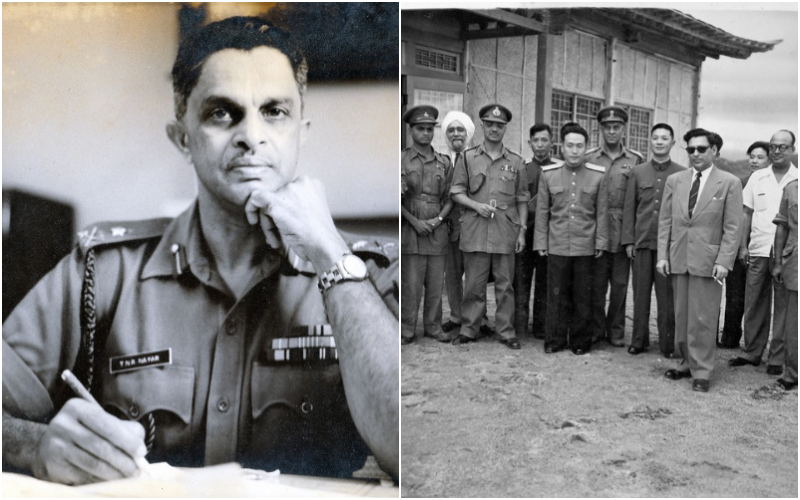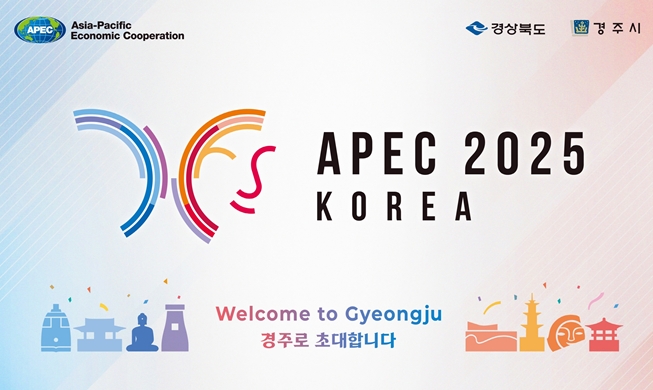- 한국어
- English
- 日本語
- 中文
- العربية
- Español
- Français
- Deutsch
- Pусский
- Tiếng Việt
- Indonesian
By Honorary Reporter Sruthi Edakkal Peedikayil from India
Photos = Parvathi Nayar
An art exhibition in Chennai, India, is shedding light on a lesser-known chapter of Korean-Indian history through the personal archives of an Indian general who served on Korean Peninsula after the Korean War.
"Limits of Change," which ran from Feb. 8-20 at the Lalit Kala Academy, combined historical documentation and artistic interpretation to explore India's peacekeeping role in Korea after the 1953 armistice.
Featured at the event are the archives of General TNR Nayar, whose daughter Parvathi Nayar, a Chennai-based artist, transformed his papers, photographs and 8-mm films from the Korean Demilitarized Zone into a multimedia exploration of identity and reconciliation.
Below are excerpts from an email interview with her from Feb. 20 to March 8.

Gen. TNR Nayar (left) was an Indian soldier deployed to Korea after the Korean War. On the right are members of the Indian Advance Party of the United Nations Peace Mission under the Custodian Force of India.
What inspired this project?
My artistic exploration began with my father's archives from 1953-54. These materials, combined with family stories and my mother's memories as a young military bride, offer an intimate glimpse into a significant period of Indo-Korean relations. Revisiting my father's experiences illuminates the enduring bonds between both countries. His generation helped build bridges during turbulent times, laying the groundwork for today's robust cultural and economic partnerships.
What historical facts does the exhibition highlight and how does it present them?
The exhibition combines historical fact and creative storytelling, centered on the experiences of the 6,000 soldiers of the Custodian Force India (CFI) who oversaw 23,000 prisoners of war (POW). It also showcases India's medical contributions through the 60 Para Field Ambulance, which treated over 220,000 patients during the Korean War.
Through a curated "Story Museum" featuring installations, videos and archives, visitors saw the experiences of Indian soldiers and displaced POWs in post-war Korea. The exhibition emphasizes the CFI's peacekeeping mission while fostering bilateral cultural ties.
What is the significance of this exhibition?
The exhibition explores the themes of peace, forgiveness and the potential to break cycles of conflict. Through artistic expression and cultural exchange, "Limits of Change" aims to strengthen the vibrant bilateral relationship, which traces its roots to ancient times.
msjeon22@korea.kr
*This article is written by a Korea.net Honorary Reporter. Our group of Honorary Reporters are from all around the world, and they share with Korea.net their love and passion for all things Korean.
Most popular
- Grammy-winning producer calls Suga of BTS 'amazing artist'
- 'Universal love, family' themes fuel success of 'King of Kings': director
- Council sets minimum hourly wage in 2026 at KRW 10,320
- Expansion of foreign app system raises tourist convenience
- Nat'l population diversity rose nearly 8% from 2018-22: study
